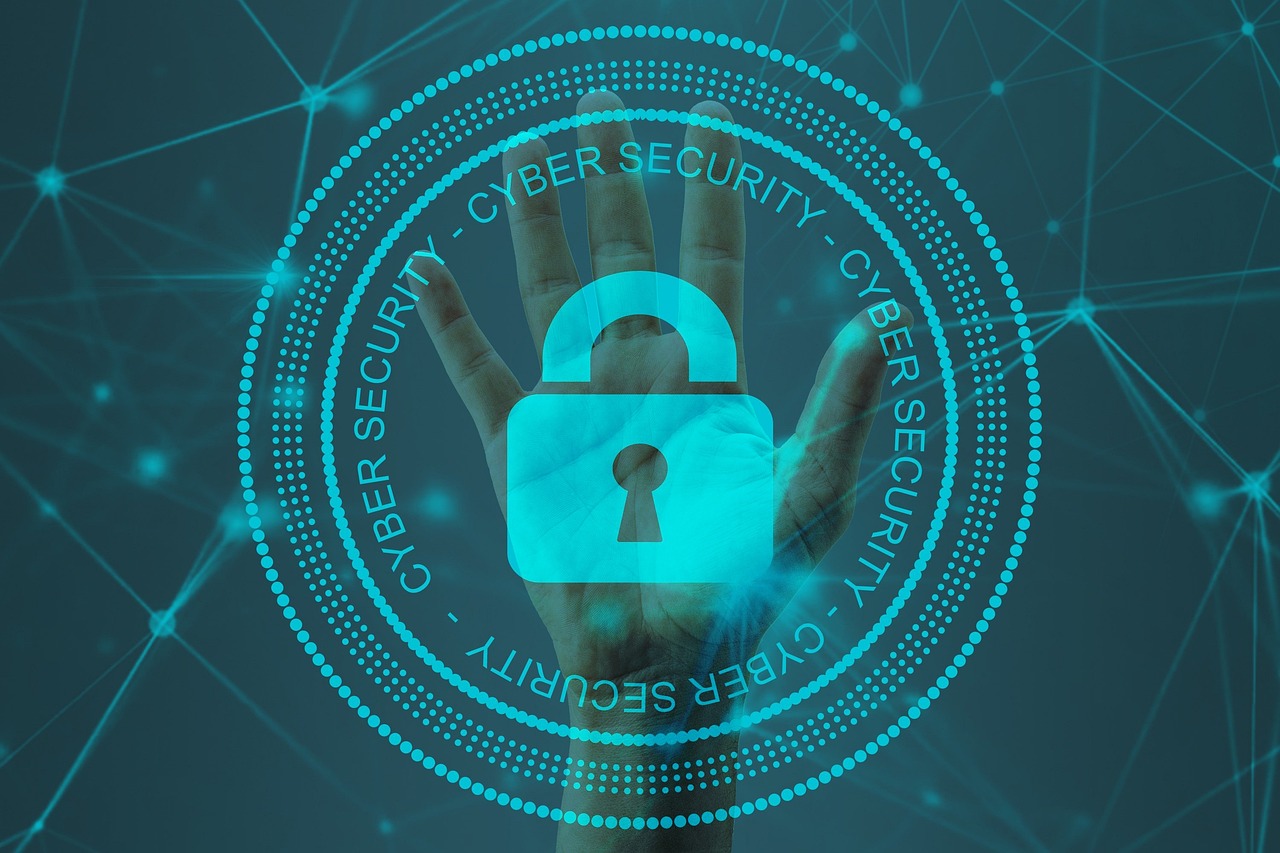Cybersecurity, also known as electronic information security, is the practice of keeping your data, networks, electronic systems, computers, mobile devices, and servers secure from malicious attacks. It’s an umbrella term that covers everything, from mobile computing to business management and more.
An efficient cybersecurity strategy can protect your electronic systems and data from external threats such as extortion, information theft, hacking, data altering, etc. It also aims to provide security against disrupting and disabling a computer system.
Why is Cybersecurity imperative?
As you know, we’re living in a global era. Every day, a new piece of technology is introduced and with that, almost all businesses as well as state-owned and non-state entities have switched from paper to digital management. All the information, even the classified or sensitive, is now available online on different platforms.
The increasing deluge of information has made cybersecurity imperative. Businesses now require security against hacking and online breaches more than ever. Yes, a simple password isn’t enough when it comes to classified or confidential data.
Prominent key factors associated with Cybersecurity
As mentioned by The Identity Theft Resource Center (ITRC), there were around 791 cases of cyber breaches among small and large enterprises in 2017. It is further said that these breaches resulted in compromising approximately 159,000,000 records. Due to all these breaches and hacking, cybersecurity has become a primary concern for most people.
To explain it further, here we have a list of key factors of cybersecurity. Have a look:
Security controls
Security controls are among the most important factors of cybersecurity. They encompass a variety of technical, physical, and administrative controls. All such controls are necessary for organizations and individuals to prevent illegitimate access to confidential data.
Technical security controls include all the security measures one uses to prevent online information. On the other hand, physical controls are preventative measures one takes to provide security to the physical assets on one’s network. Physical controls stop unauthorized people from accessing your data. The third, administrative controls, are referred to creating and interpreting procedures and policies within a company. In simple words, administrative controls revolve around the ‘dos and don’ts’ of a specific company.
Threat management
Threat management is another important part of your cybersecurity. It doesn’t matter how much money you spend on implementing your cybersecurity strategies, running threat management checks now and then is still essential. It’s a process that involves assessing and identifying potential threats to your cybersecurity.
It is usually done in three steps, patch management, vulnerability management, and penetration testing. Patch management is about managing security updates to close vulnerabilities that were previously identified. Vulnerability management involves running vulnerability assessments and scans. The third, penetration testing, is a series of tests to catch exploits in the system. It is done via intrusion attempts. Not to mention, most of the risk of intrusion attempts can be eradicated if you hide your IP address.
Access management
Access management requires cybersecurity controls. Who can access how much information on your system? How to get access to the system in general? What information is available to all? What are the passwords for accessing confidential information? Is access to the minimum available for all?
All these questions can only be answered through access management. Of course, one cannot provide complete access to everyone working in a particular company. Having access to unnecessary information can also result in a breach of data. Hence, data classification is imperative and once you have it all in place, you can move toward access management. It’s a long process, so you can break it down into simpler categories like physical access, wired access, wireless access, and network access control (NAC).
Incident management
A smart cybersecurity strategy always involves having incident management plans in place. Incident management is a framework of procedures and policies that one uses to respond to a security issue; for example, a data breach. All incident management policies are different and unique in nature, depending on the resources available in an organization and the kind of incident. A smart incident management plan generally includes steps for preparation, identification, containment, eradication, and recovery.
Benefits of Cybersecurity
Individuals and small businesses have become extremely vulnerable due to poor cybersecurity. New incidents of security breaches are reported pretty much every day all around the world. According to the UK’s Department for Culture, Media, and Sport, approximately 46% of the businesses in the United Kingdom suffered from some kind of cyber breach in 2017. Hence, it won’t be wrong to say that cybersecurity is now more important than ever. The following are a few benefits of cybersecurity:
It keeps your personal data secure
The most important part of cybersecurity is that it keeps your personal information secure. Whether it’s about your personal data or business information, an efficient cybersecurity strategy will keep it all safe by providing comprehensive digital security. Thus, the risk of security attacks would be minimal to zero.
It inspires customers’ confidence
If you’re running an online business, having cybersecurity protocols will inspire confidence in your customers. Most customers prefer paying for things they buy online through credit or debit cards. When they know that their personal information and payment details are safe with you, they’ll confidently buy more and more stuff.
It supports your IT staff
While you may not realize it, all these hackers are a lot more experienced than an average IT person. They’re aware of all the tiny details about electronic systems that most people usually miss. A smart cybersecurity plan will provide your IT team with tools and features to support them, which will eventually improve the overall efficiency of your business.
It prevents viruses
Apart from hacking and data breaches, viruses are another matter of concern for both individuals and organizations. One of the most common viruses that comes while browsing different websites is adware. It then bombards you with unnecessary advertisements, causing sheer irritation and affecting your productivity levels. A cybersecurity plan can help prevent all such viruses and provide you with a safe browsing experience.
The takeaway
There are a variety of cybersecurity vendors available out there. Just be sure to check out their trial services before you buy a plan as most of these companies do not offer refunds. Thus, you must remember that it’s better to be safe than sorry.







Click here to change your cookie preferences